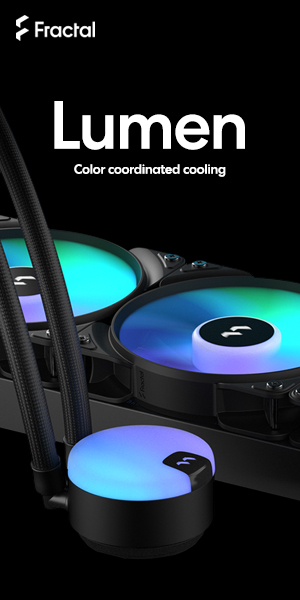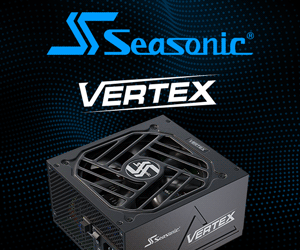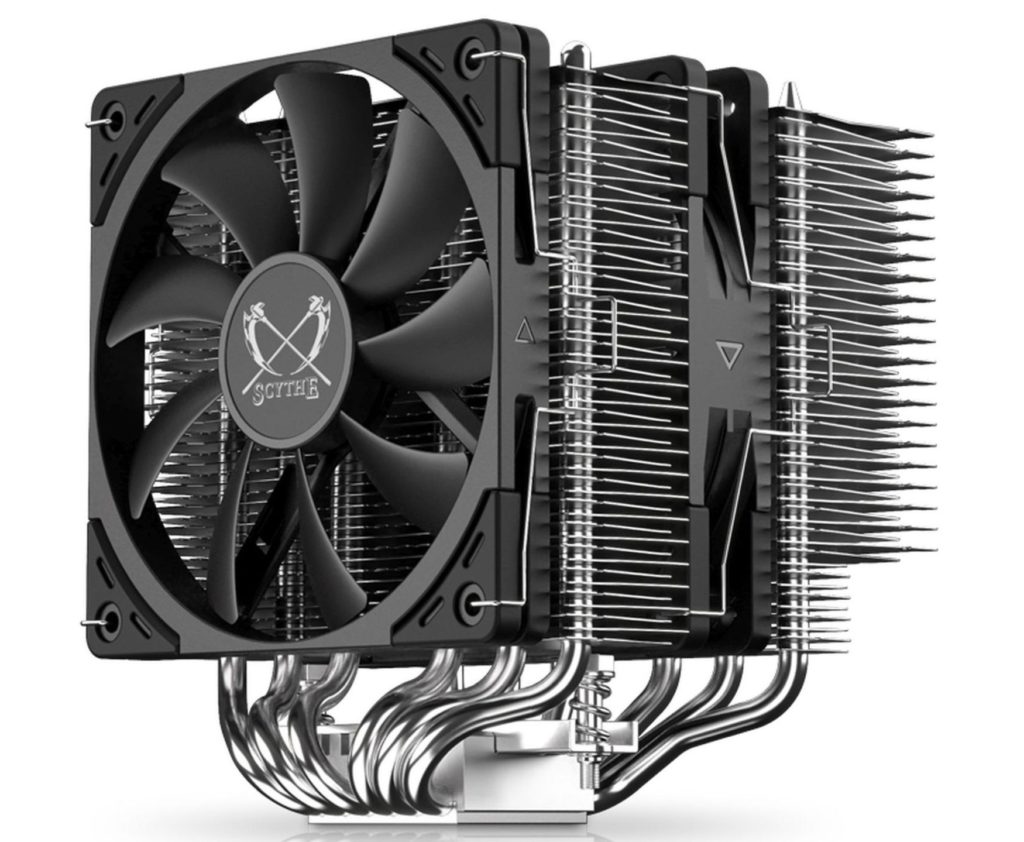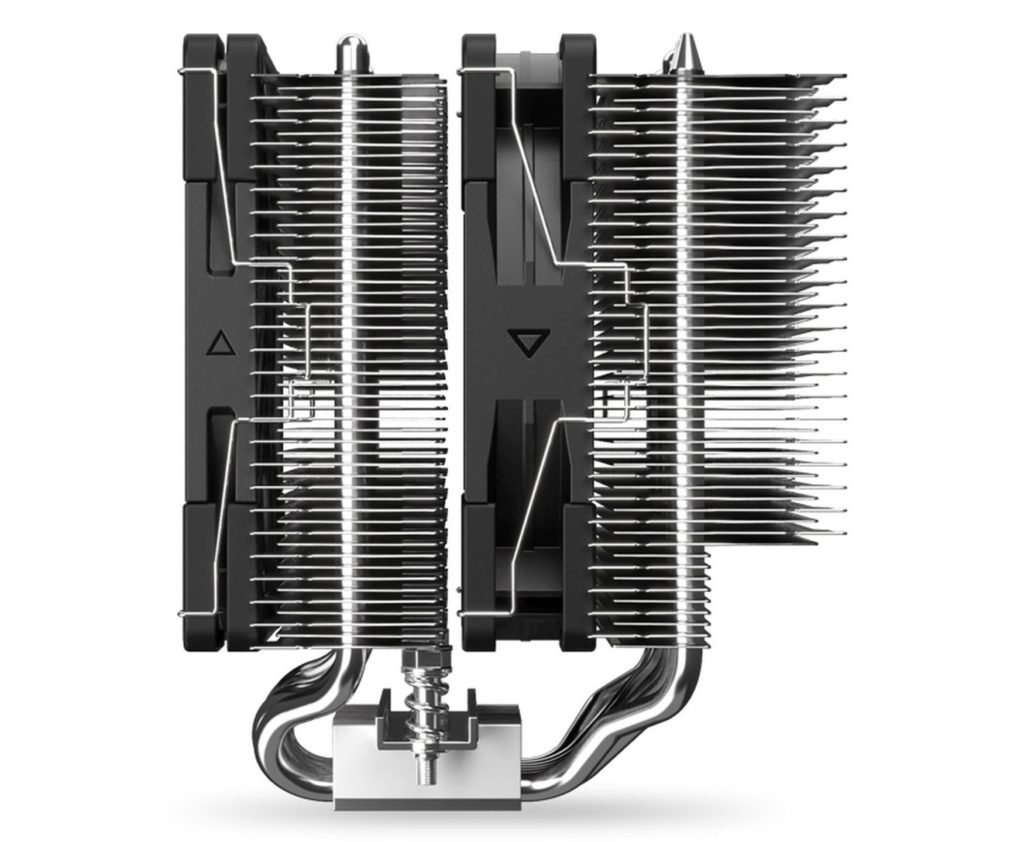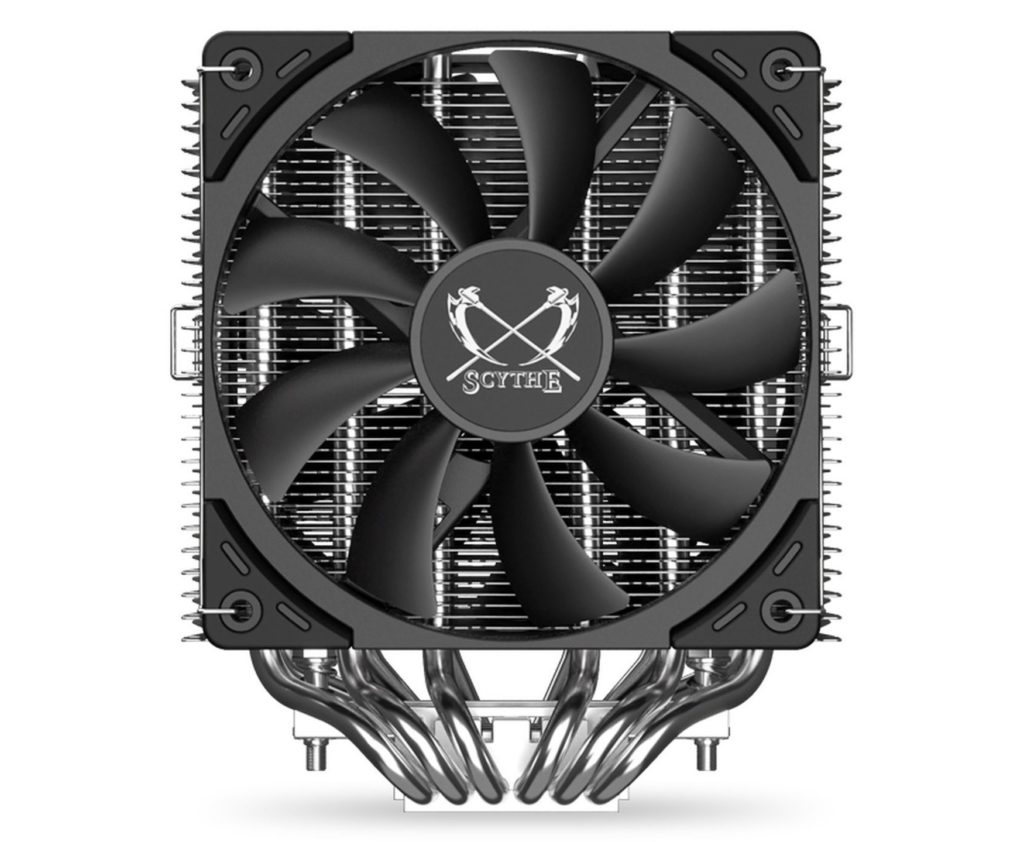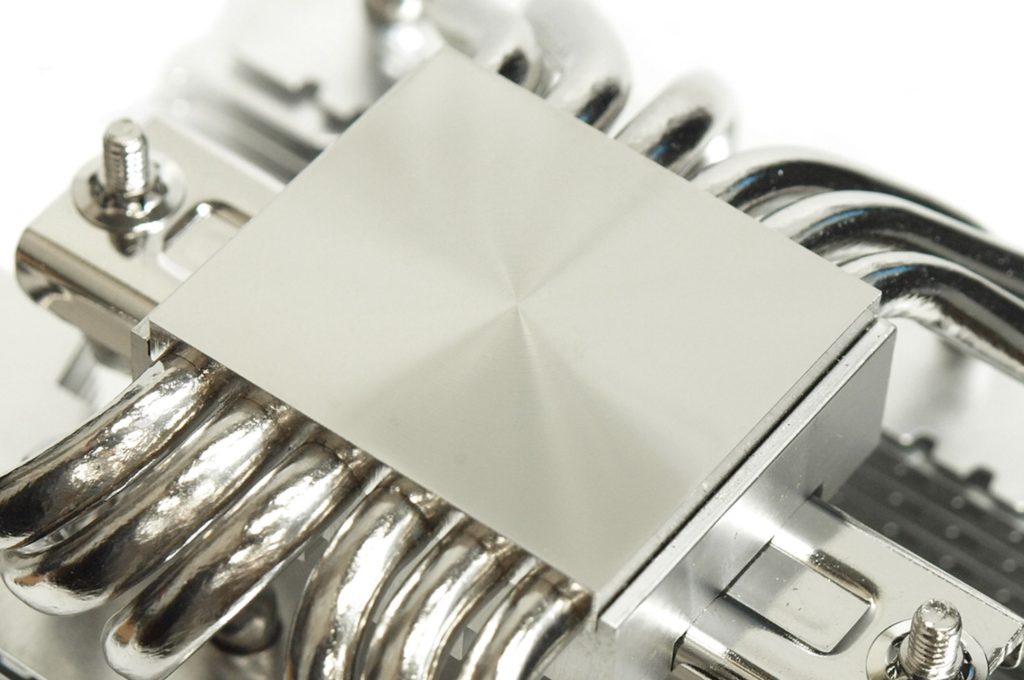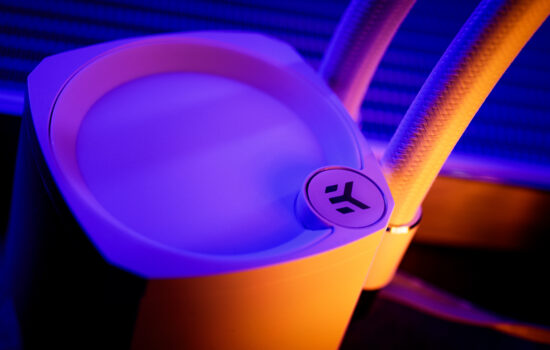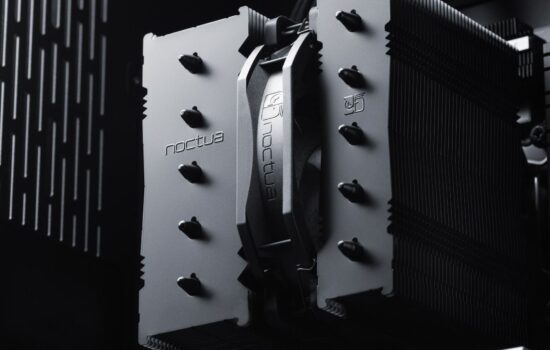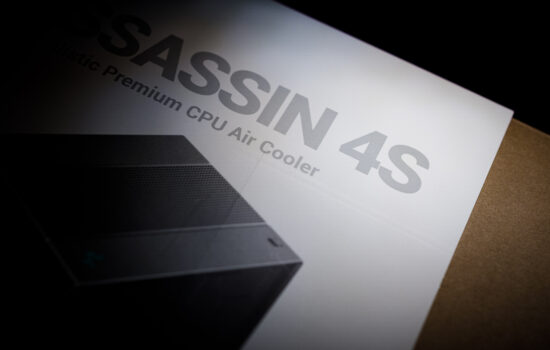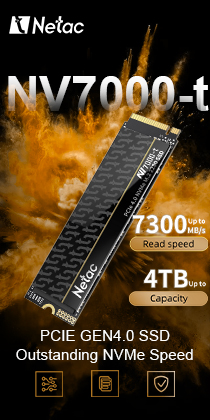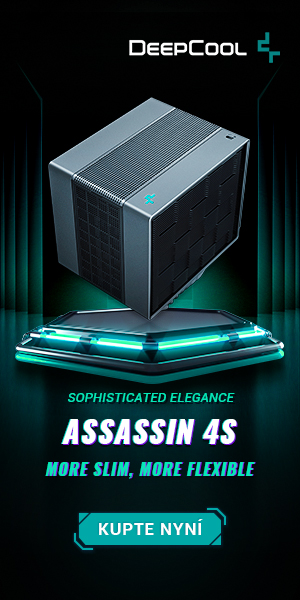Native support (and faster fans) for LGA 1700 now available for the Scythe Fuma 2 cooler
As is Scythe’s habit, the Fuma 2 cooler comes with support for a new platform (Intel LGA 1700) with a new revision (B). However, in addition to compatibility, the fan speed range has also been expanded. Instead of Kaze Flex 120 PWM, Kaze Flex II 120 PWM are used. The combination of a narrower fan in the front and a wider fan in the middle remains. The inverted fan blades are also retained, which rotate in an unconventional opposite direction.
After the Mugen 5 rev. B (SCMG-5100) cooler, support for Intel LGA 1700 comes to the Fuma 2 as well. Significantly later, but still. The delay is probably also related to the overall lower sales of Fuma coolers, as it is a lesser known brand (series) among users. However, we know from testing that the original Fuma has class-leading efficiency in its price range. Fuma 2 perhaps shouldn’t be any worse, but until now the new Intel platform hasn’t been natively supported.
Those who have the Fuma 2 on Alder Lake processors had to buy the SCMK-1700 mounting kit separately. Now, LGA 1700 support is native though, which means that the kit for mounting it to the socket are already a fixed part of the package.
The cooler’s heatsink has not changed across revisions. It is characterized by two towers whose aluminum fins (0.4 mm thick) are crossed by six heat pipes with a diameter of 6 mm. Different shaped fins are used to construct the heatsink, or they alternate between a type that has a long straight edge and one that has a serrated one.
The heatsink is diverted away from the DIMM slots – the base is rotated, but the heatpipes on the front tower are also significantly bent (into the shape of a falling “U”). With a standard thick fan, though, this still wouldn’t be enough to prevent the heatsink from colliding with taller memory modules. That’s why a fan with a narrower 15 mm profile is used. That’s ten millimeters less than the other fan sandwiched between the towers.
However, a narrower profile doesn’t have to mean worse performance, as you already know from our fan tests. When it comes to the Kaze Flex II 120 PWM on the Fuma 2 rev. B, we don’t know, but the area for less depth is made up for by the extra number of blades. There are nine of those here. Compared to the fans from the original cooler (Kaze Flex 120 PWM) Fuma 2, Kaze Flex II 120 PWM reach a higher top speed.
Paper airflow is to be 16.5 % higher (15 mm front fan), at 57.52 m3/h, or plus 32.2 % (114.89 m3/h) in terms of the rear fan. It should also achieve approximately 43 % higher static pressure (1.5 mm H2O), the narrower Kama Flex II by 6.7 % (0.96 mm H2O).
The above values refer to the maximum speed, which is the same for both fans – 1500 rpm. The fans on the new Fuma 2 are thus 300 rpm faster. The lower limit of the minimum speeds should not change and Scythe lists 300 rpm as before (in the first version of the Fuma 2). Nothing has changed in the fact that the middle fan runs in the opposite direction of the front fan and its leading edges are, of course, adapted to this. This should make the flow through the heatsink body more efficient.
The cooler has a height of 154.5 mm (for a twin tower design this is slightly below average but means better compatibility with cases). The depth is 137 mm and the 120 mm fans used on the Fuma 2 (rev. B) don’t overhang too much on the width, and the cooler is ”stretched” on this axis by the protruding steel fan clips to the final 129 mm dimension.
The total weight of the cooler together with the fans is listed at 1000 grams. So not only is the Fuma (rev. B) mostly smaller compared to other twin towers, but it is also lighter.
Intel LGA 1700 support does not affect support for older sockets. These continue to be supported in abundance. Among Intel’s are LGA 11×0, 1200, 2011(v3) and 2066. From AMD, in addition to AM4, Scythe also holds compatibility for AM3(+), AM2(+) and FMx(+).
Fuma 2 rev. B is already available in Asian markets and in the US, it will come to us later. Count on a price of around 65 euros.
English translation and edit by Jozef Dudáš



